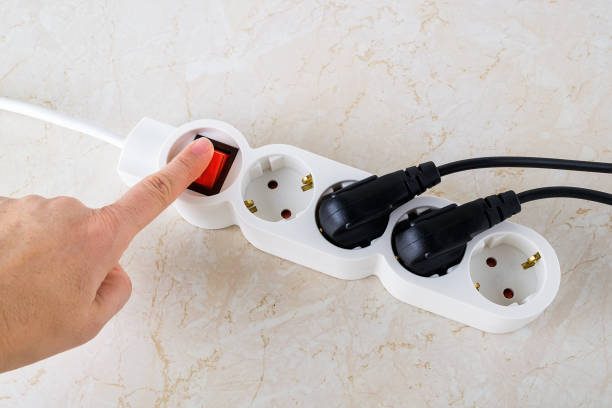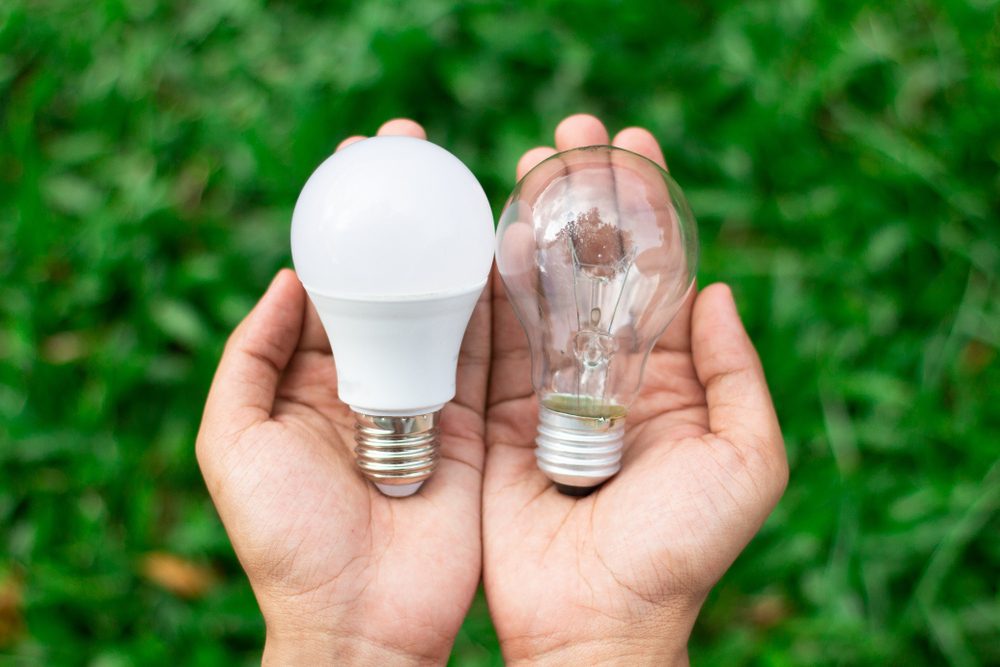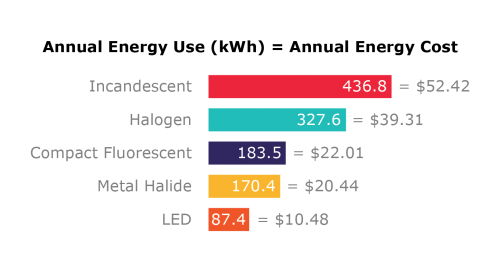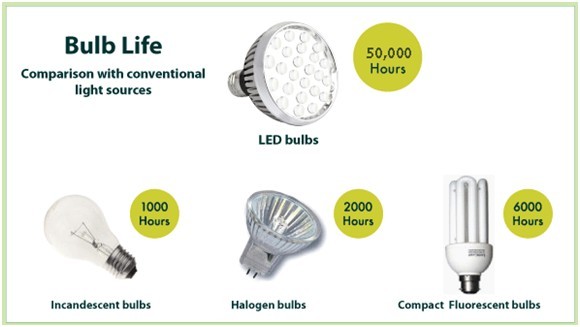
Explore common reasons why LED lights won’t turn on, from faulty wiring and incorrect installations to dead bulbs and power […]

LED lighting is a modern technology that offers significant advantages over traditional incandescent and fluorescent lights. LED stands for light-emitting diode, a semiconductor device that converts electricity into light.
LED lights are more energy-efficient, cost-effective, durable, and aesthetically pleasing than their predecessors. They also have a positive impact on the environment, as they reduce greenhouse gas emissions and waste.
LED Brilliance Starts Here, Just $33. Shine Brighter, Save More!
Our Team of Experts Will Guide You Through The ESS Lighting Upgrading Process To Ensure You Achieve The Most Effective Energy Efficient Improvement Possible, GUARANTEED!
A Brighter Home, A Brighter Future!
In this paper, we will conduct a cost-benefit analysis of LED lighting, comparing it with other lighting options in terms of initial investment, operating costs, lifespan, maintenance, and performance.
We will also discuss some of the challenges and opportunities for LED lighting adoption in various sectors and settings.
Our goal is to demonstrate that LED lighting is not only a smart choice for consumers, but also a sustainable solution for the planet.
A cost-benefit analysis of LED lighting is a comparison of the initial and ongoing costs of LED lights versus other types of lights, such as incandescent, halogen, or fluorescent.
Cost-benefit analysis considers factors such as energy efficiency, lifespan, durability, and aesthetic appeal of LED lights. Some of the main benefits of LED lighting are:
LED lights use about 75% to 90% less energy than incandescent or halogen bulbs, and about 25% less energy than compact fluorescent bulbs. This means LED lights can save you money on your electricity bill and reduce your carbon footprint.

For example, an 8.5-watt LED bulb can produce the same amount of light as a 60-watt incandescent bulb, but it consumes 86% less energy.

LED lights last much longer than conventional bulbs, which means you don’t have to replace them as often.
LED lights can last for more than 50,000 hours, compared to 1,000 hours for incandescent bulbs, 2,000 hours for halogen bulbs, and 6,000 hours for compact fluorescent bulbs1. This means LED lights can last for more than 10 years, depending on the usage pattern.
LED lights are more resistant to shock, vibration, and temperature changes than conventional bulbs, which makes them more suitable for outdoor and harsh environments. LED lights also do not contain mercury or other hazardous materials, which makes them safer and easier to dispose of.
LED lights offer more flexibility and variety in terms of color, brightness, and design than conventional bulbs.
LED lights can create different effects and moods with different color temperatures, ranging from warm white to cool white. LED lights can also be dimmed, controlled, and customized to suit different preferences and occasions.
Although LED lights have a higher upfront cost, their longer lifespan and lower energy consumption lead to significant savings over time, surpassing the initial investment.
Yes, LED lights have a longer lifespan, reducing the frequency of replacements and maintenance needed compared to incandescent and CFL bulbs.
LED lights offer better quality light, durability, dimming capabilities, and environmental friendliness due to their lack of hazardous materials compared to incandescent and CFL bulbs.
LED bulbs are designed to fit standard fixtures, making them convenient replacements for incandescent or CFL bulbs without needing to change the fixture.
Yes, the shorter lifespan and higher energy consumption of incandescent and CFL bulbs lead to more frequent replacements and higher electricity bills, adding to long-term costs.
LED lights consume less energy and don’t contain hazardous materials like mercury found in CFL bulbs, which makes them a more environmentally friendly choice.
Many LED lights are dimmable, offering energy-saving options, like CFL bulbs, but with the added benefits of longer lifespan and better-quality light.
LED lights provide businesses with reduced energy costs, lower maintenance expenses, improved lighting quality, and potential environmental benefits compared to other bulb types.
To estimate savings, consider factors like energy consumption, lifespan differences, current electricity rates, and potential rebates or incentives available in your area.
LED lights do not contain hazardous materials, which simplifies their disposal compared to CFL bulbs, which require specialized recycling due to mercury content.
LED lighting is a smart and sustainable choice for your home or business. LED lights offer many benefits over traditional lighting sources, such as energy efficiency, lifespan, durability, and aesthetic appeal.
LED lights can save you money and reduce your environmental impact in the long run, by consuming less electricity and lasting longer than conventional bulbs.
LED lights also provide more flexibility and variety in terms of color, brightness, and design, which can enhance the ambiance and mood of your space.
LED lights are easy to install and use, and they come in different types and shapes to suit your needs and preferences.
Whether you want to use LED strip lights, LED recessed lights, or LED bulbs, you can find the best LED lighting solutions for your home or business online or in-store. By switching to LED lighting, you can enjoy the benefits of a modern, efficient, and eco-friendly technology that will light up your life.